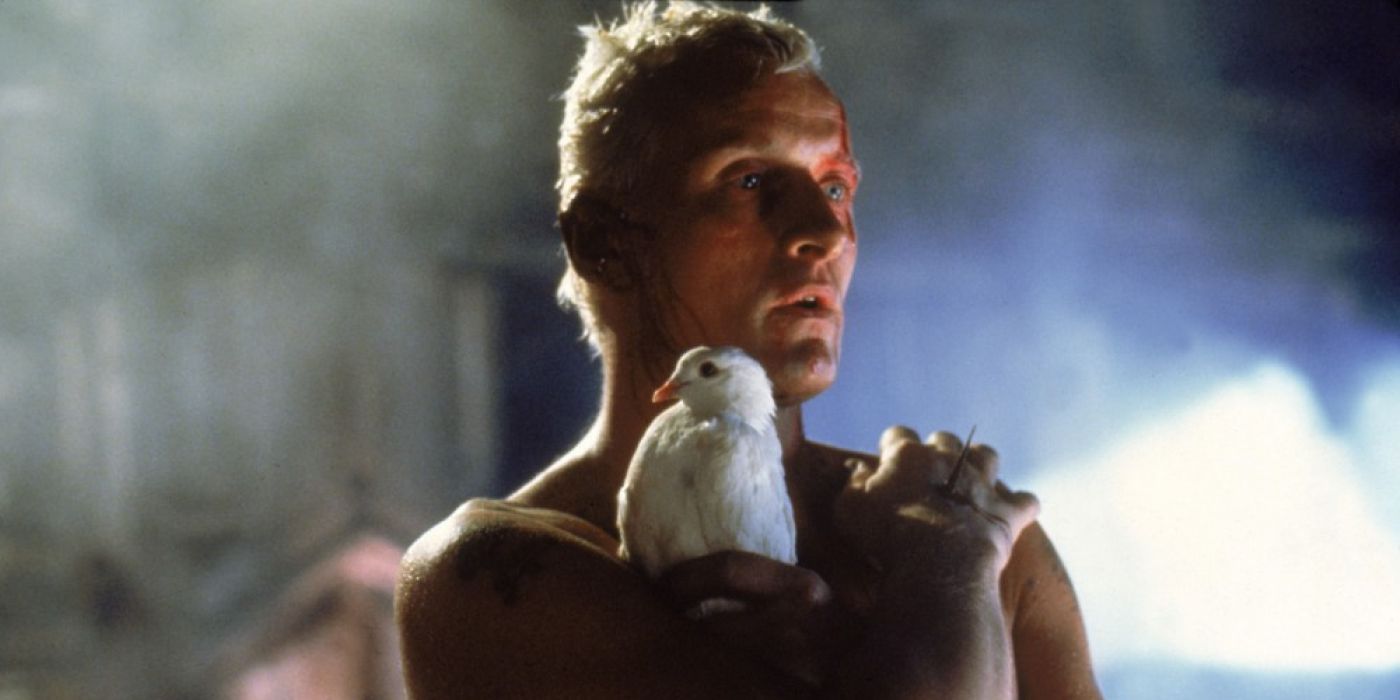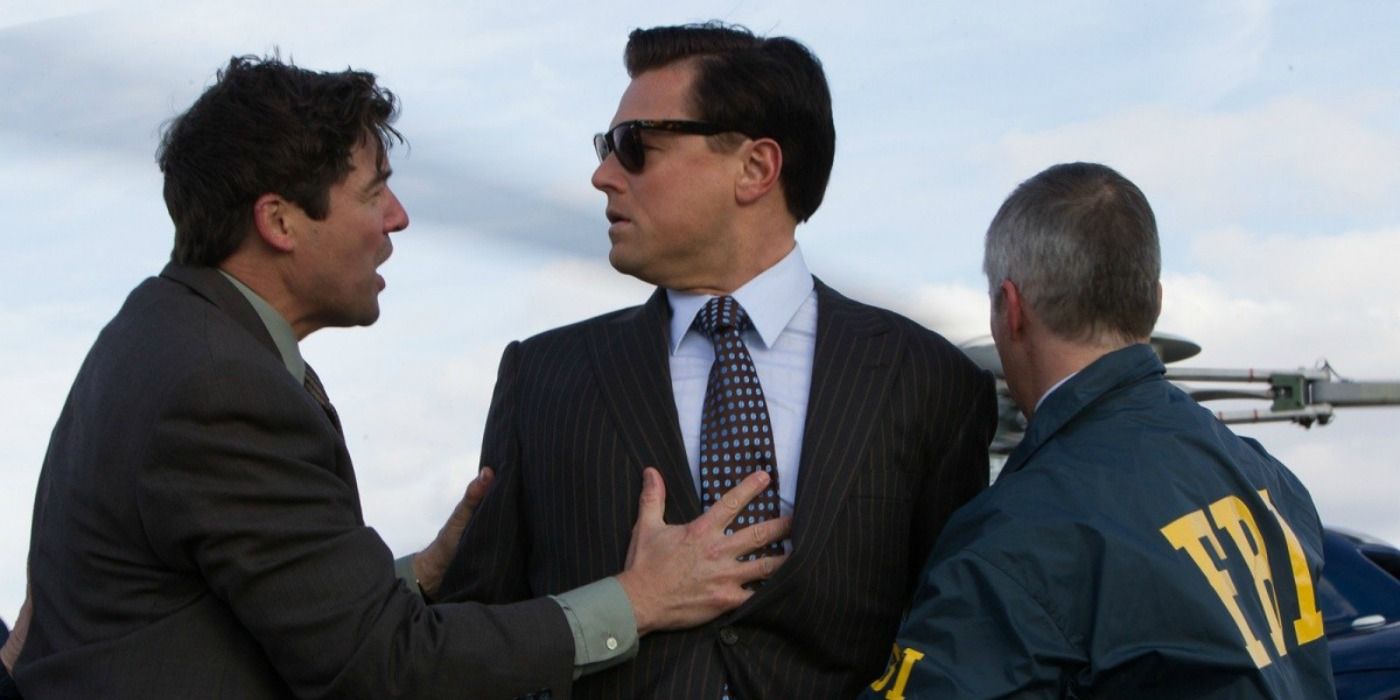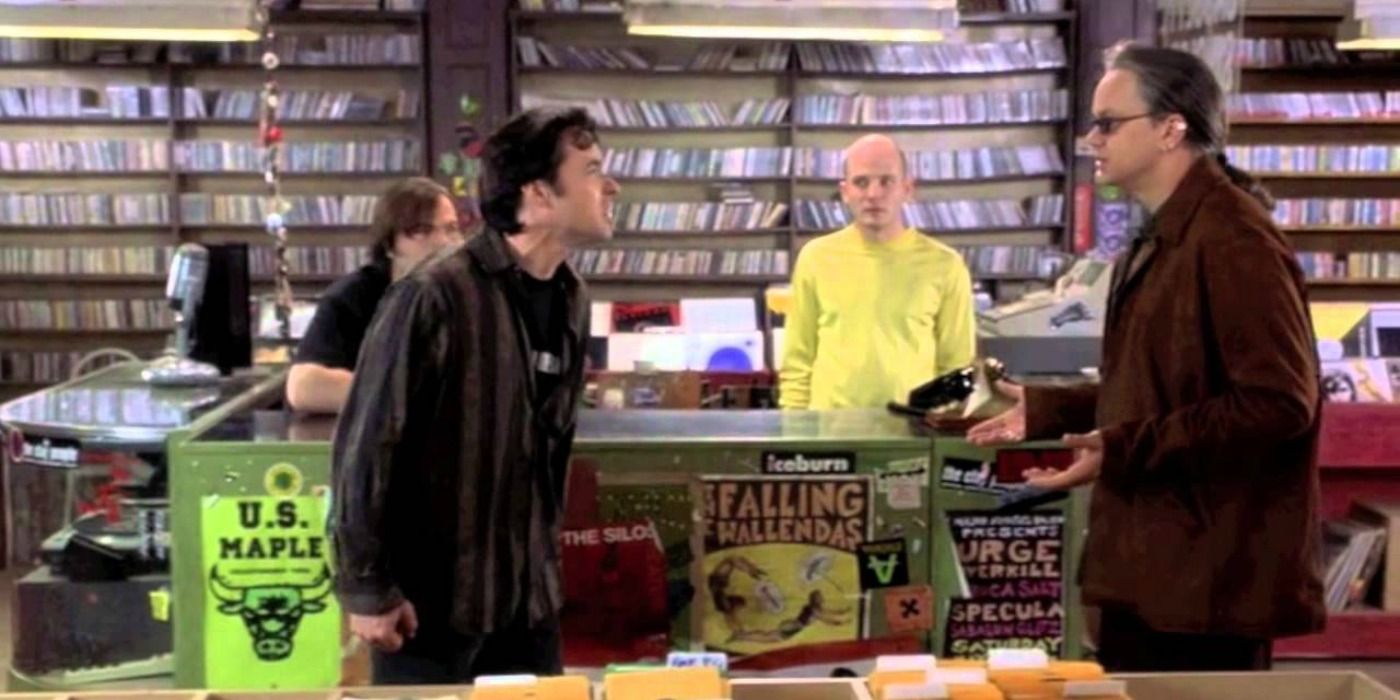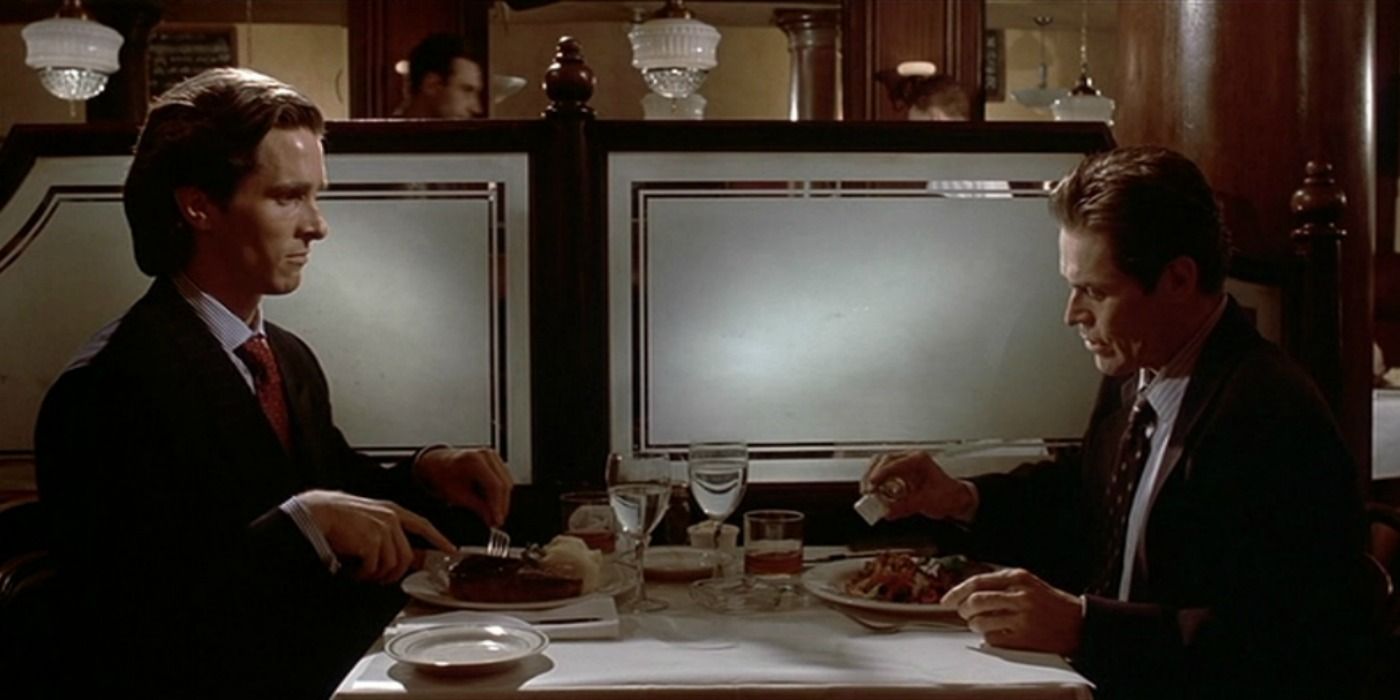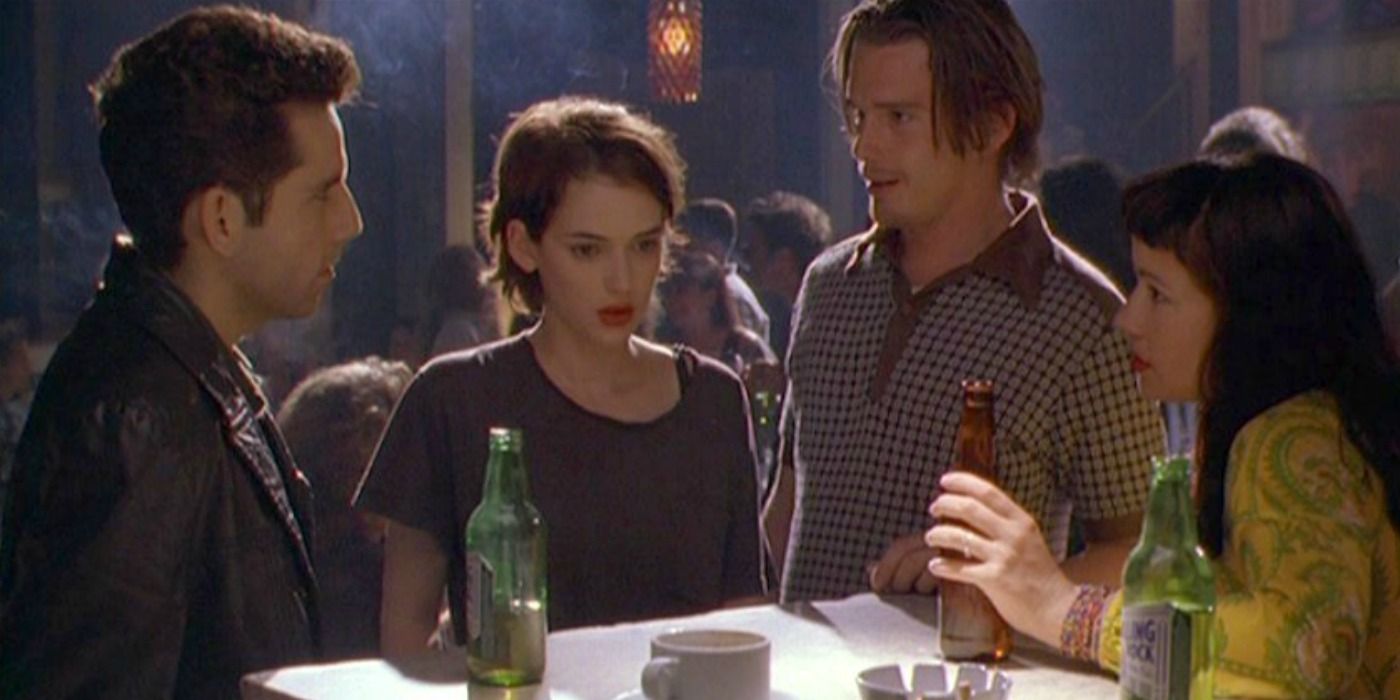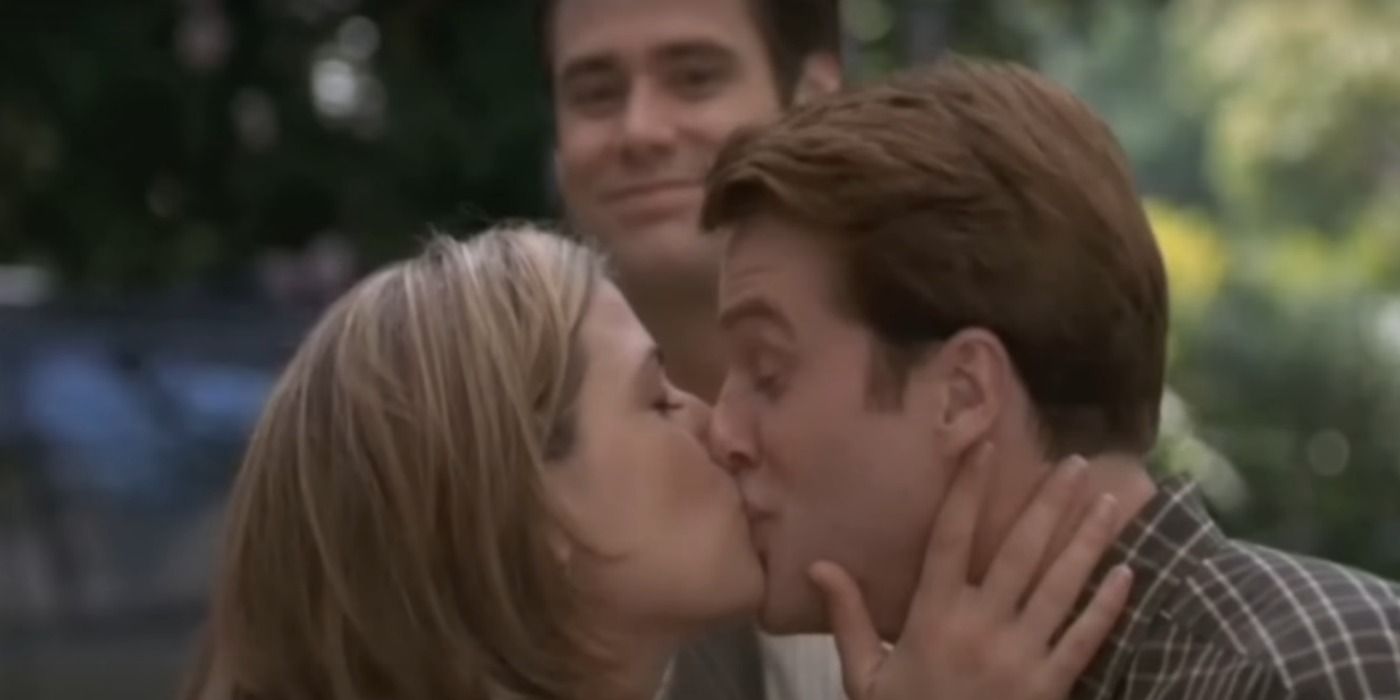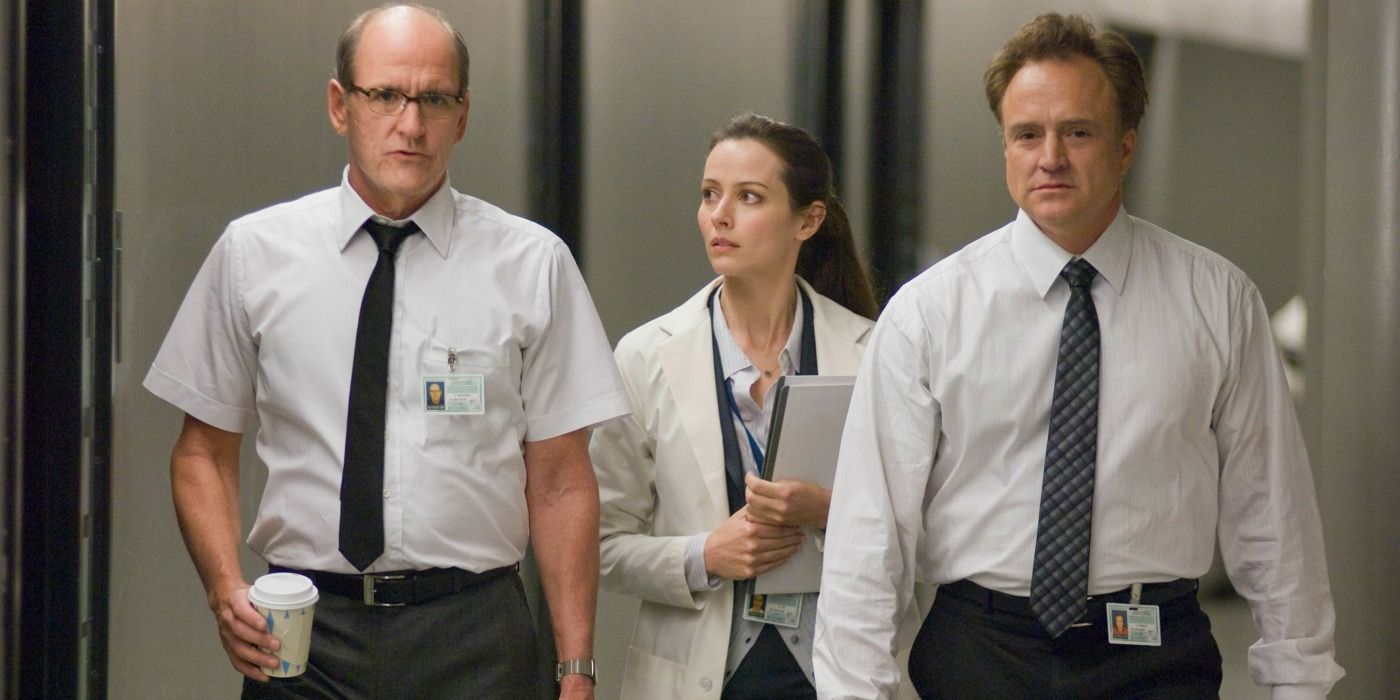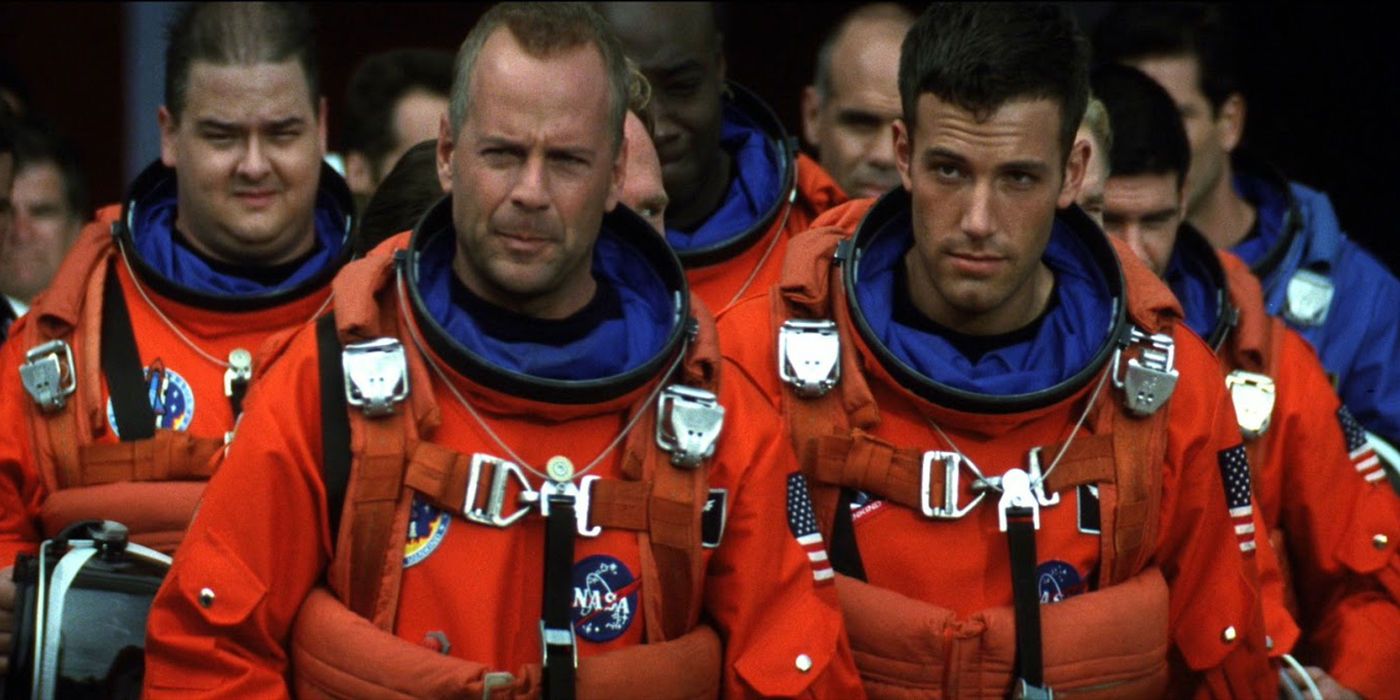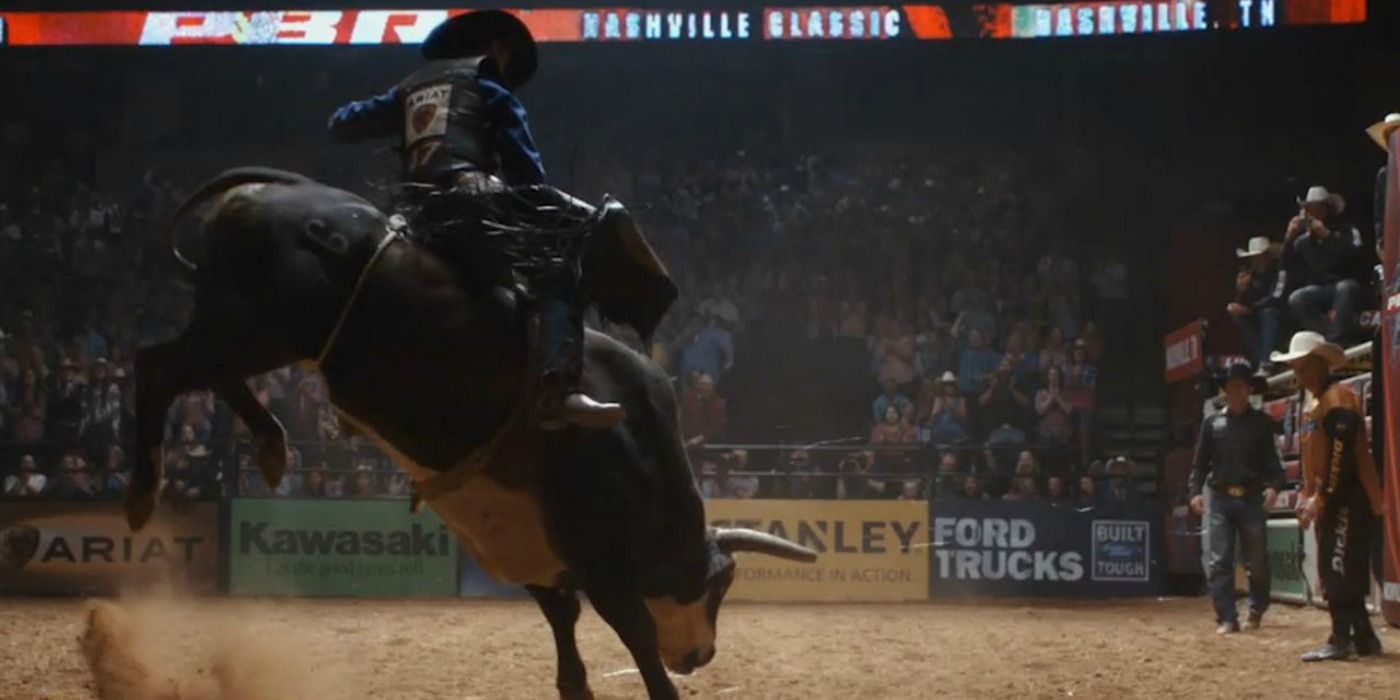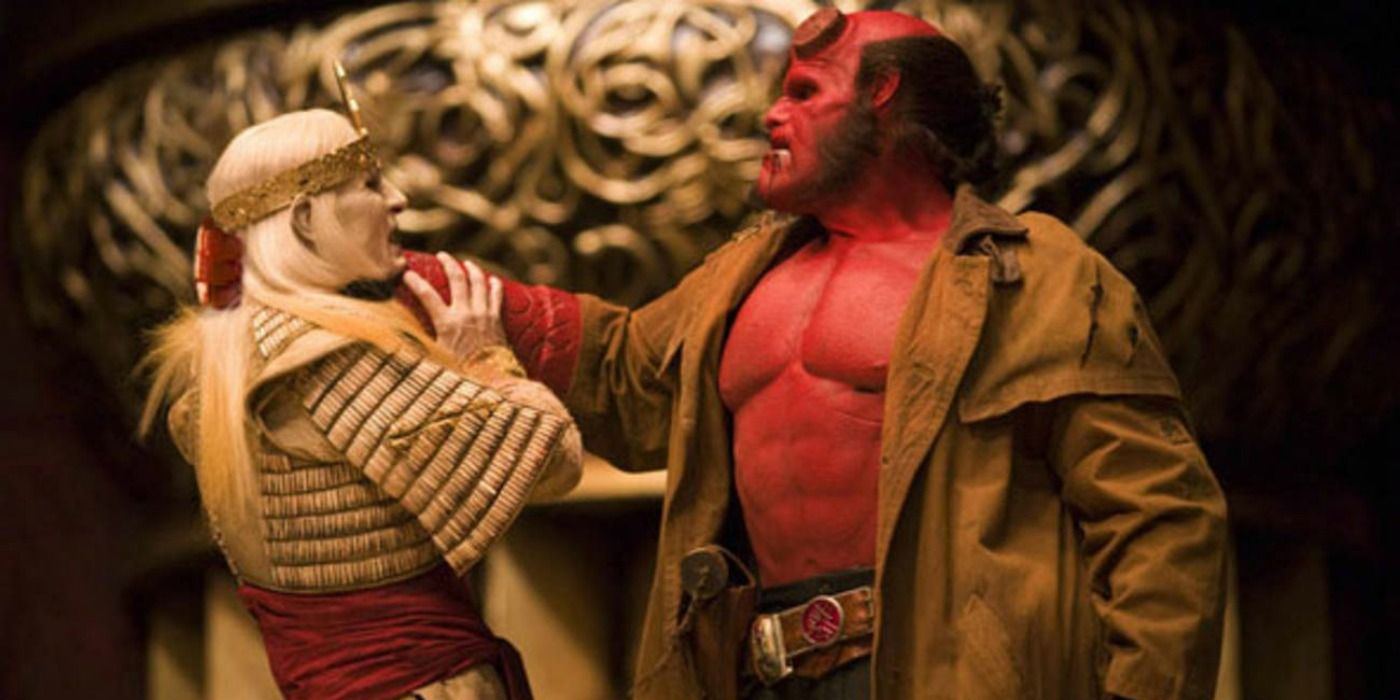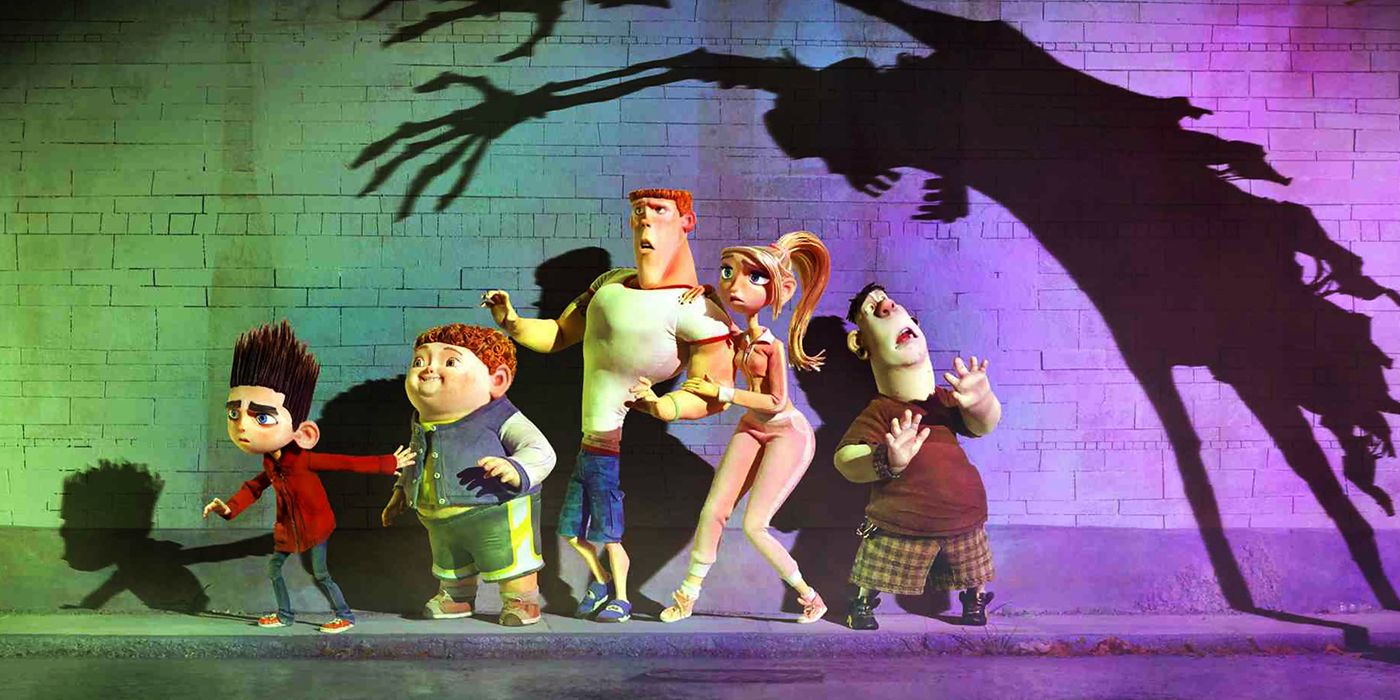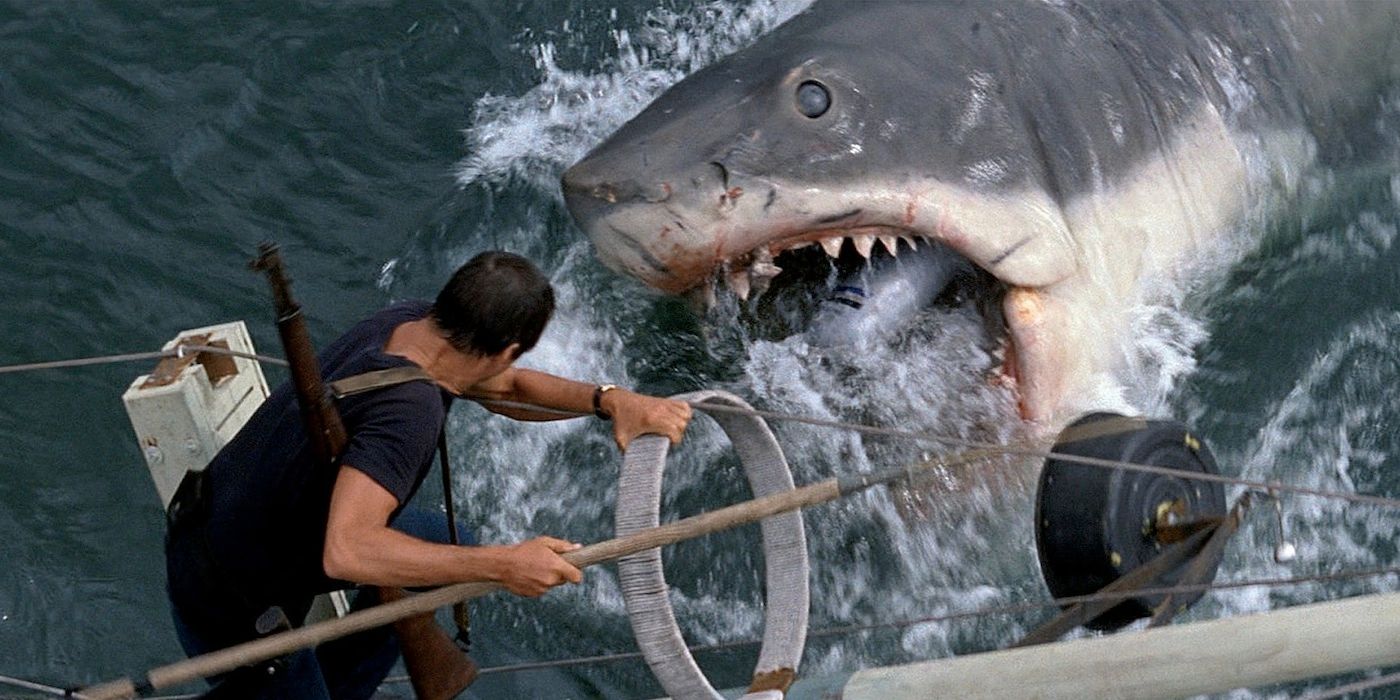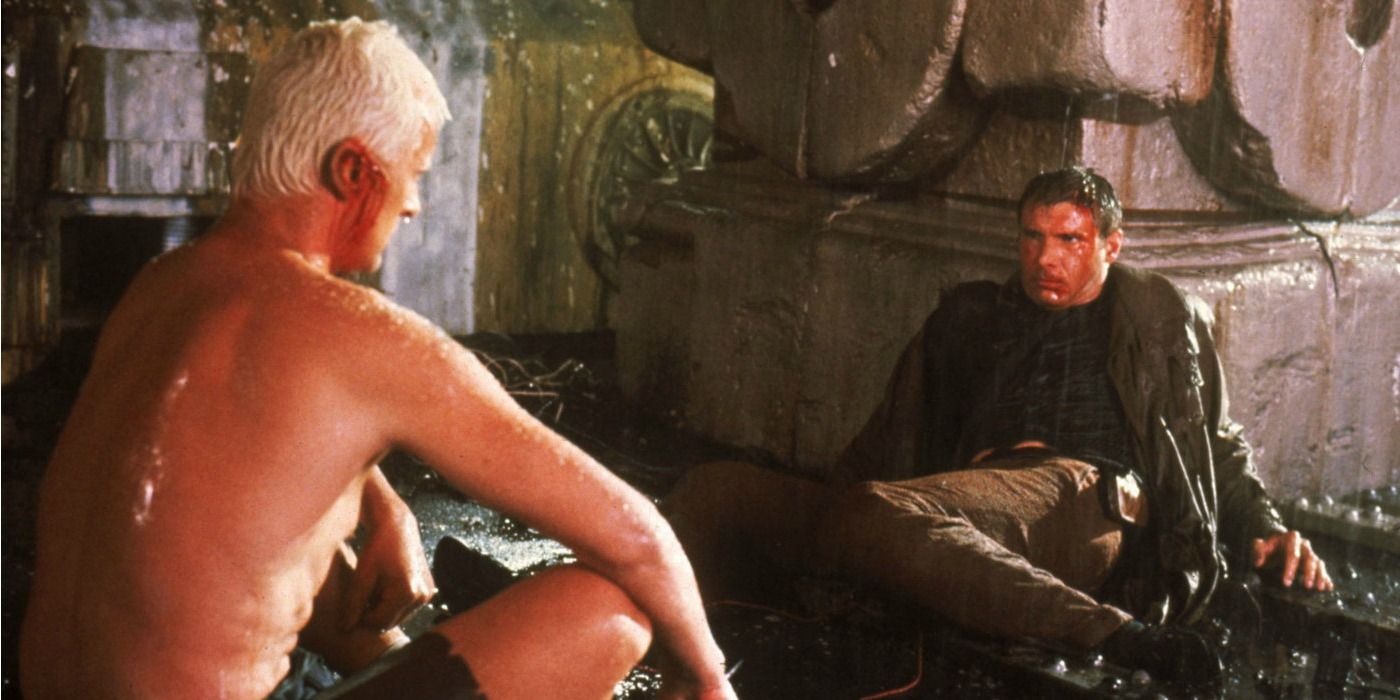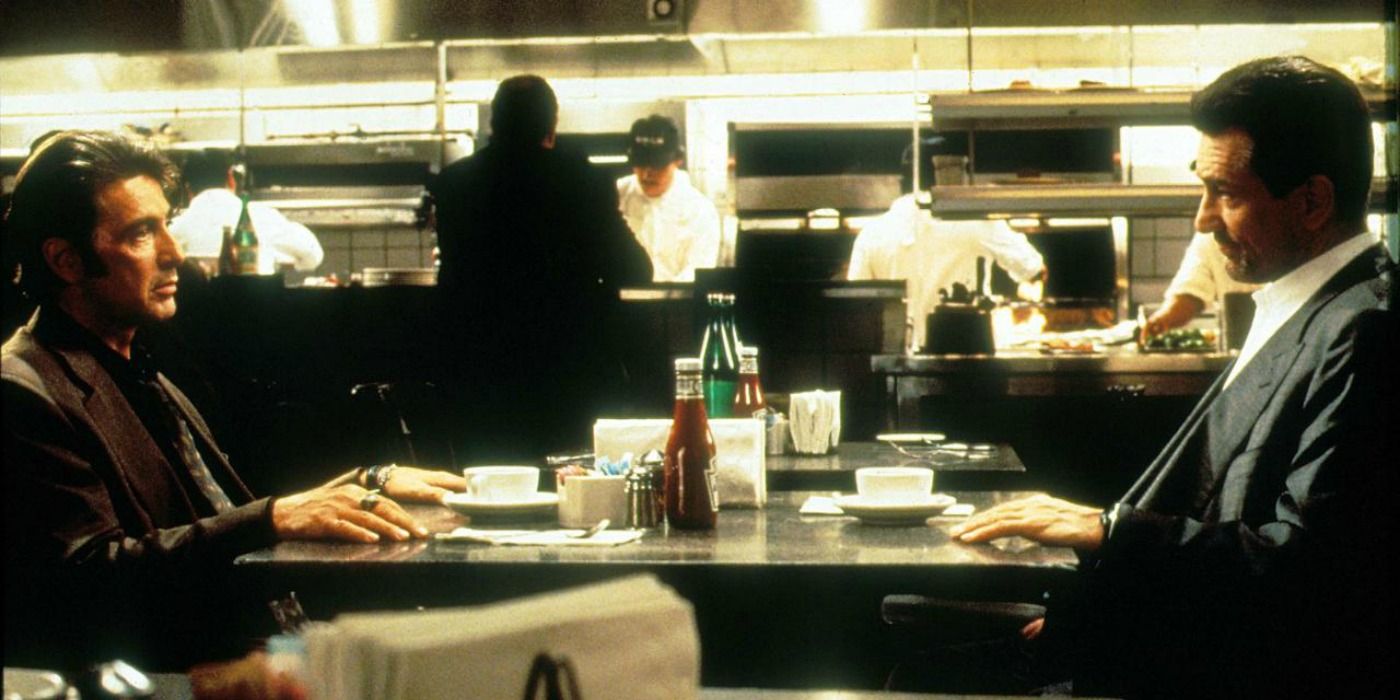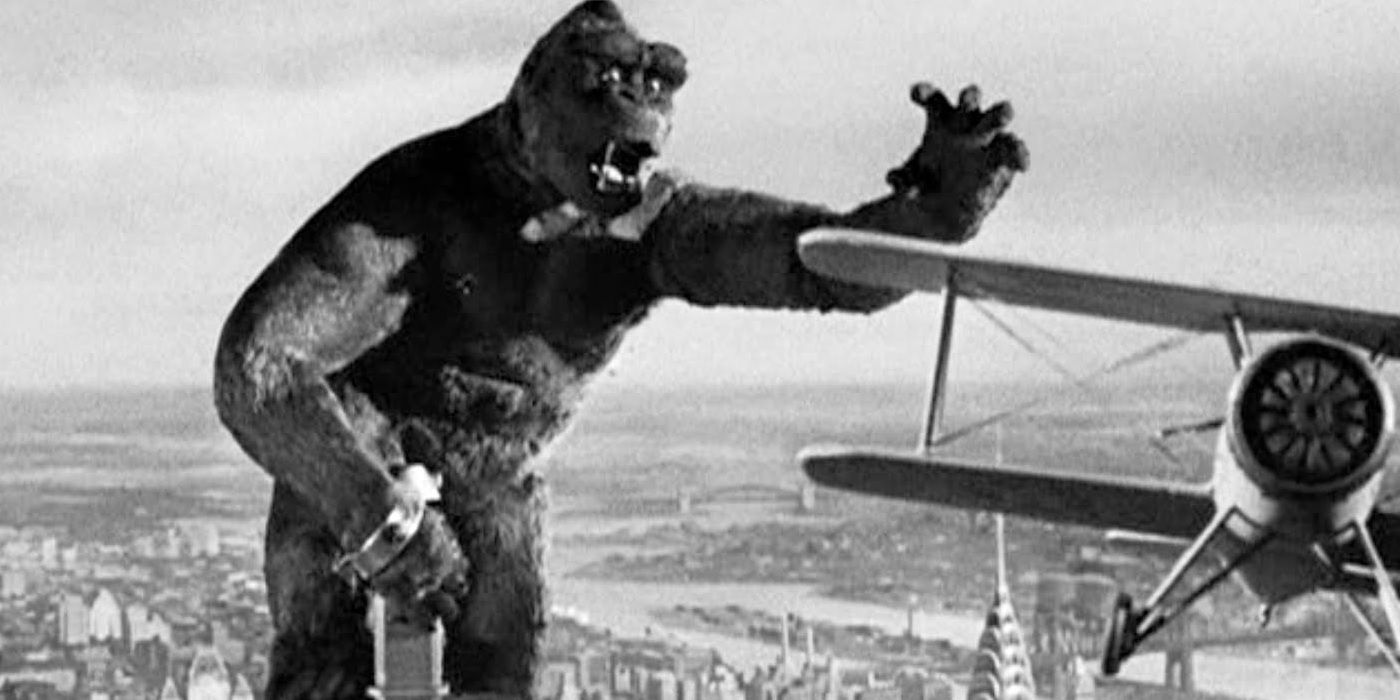Anti-heroes are not uncommon in film today. No protagonist is perfect, of course, but some are much worse than others. Yet in general, the point of a movie is to root for the lead, isn’t it? In most cases, the answer is yes, and some of the films on this list may be intended to fall into that category. But sometimes a main character is just too awful to support, and so we end up rooting against him.
The other side of the coin shows that not all antagonists are terrible. In general, the “bad guy” is anyone who goes against the hero in order to fulfill a personal goal or vendetta. But again, this isn’t always the case: sometimes the antagonist is just doing what they need to do in order to survive, or is actually working for the greater good of humanity. Or, in other cases, the antagonist is somehow the lesser of two evils, when compared to the protagonist.
Whether or not you agree with all of these entries, there is at least a question as to if the “good guy” was truly good in each. Motives, likability, and personal interest all come into play in choosing these 15 Movies Where The Bad Guy Should Have Won.
15. The Wolf of Wall Street
The Wolf of Wall Street, based on the true story of stockbroker Jordan Belfort, doesn’t hold back when it comes to bashing the film’s antihero. There are many apt adjectives that sum up Jordan, but Wikipedia’s character description may be the best out there: Leonardo DiCaprio plays Jordan, who is a “deceitful, immoral, hedonistic and ridiculously materialistic stock broker obsessed with being rich.” That’s a good place to start when painting an unlikable protagonist.
Despite it being obvious that the filmmaker does not condone Jordan’s actions, the film still came under fire for showcasing his lavish lifestyle. One can’t help but be a bit envious of the lackadaisical way Jordan and his cohorts spend their money, and the number of party and drug-heavy scenes is comparable to those where people are actually doing their jobs.
But you know who doesn’t ever stop doing his job? FBI agent Patrick Denham, played by Kyle Chandler. Denham is the polar opposite of the man he’s after, and spends the entire movie working hard to try and catch Jordan. While ultimately, Jordan is imprisoned, had Denham (the antagonist) been truly successful, the criminal would have been put away years earlier, and hopefully for more time. The scene towards the end where Denham is on the subway, recognizing how unfair the world is to someone who does the right thing, is followed by Jordan enjoying his time in prison, and then making even more money as a motivational speaker and sales coach. Talk about a mixed message.
14. High Fidelity
Despite the fact that he’s an ordinary guy, it’s easy to hate John Cusack’s Rob Gordon in High Fidelity. Rob is a jerk who the audience is sort of supposed to like. When the lead character is the narrator, they’re generally considered a bit unreliable, but Rob is actually honest about who he is. While some of the breakups he reflects on were his fault and others weren’t, it’s the former that really stick out. Rob mopes and whines about how he can’t make a relationship work, when it’s obvious to everyone around him why.
Back to the unreliable narrator trope, Rob initially fails to mention why his relationship with Laura ended. When he’s finally honest with the audience, he’s hardly apologetic, explaining away his mistakes. We don’t even get an explanation as to why he cheated! Rob’s ego is so damaged when he learns that Laura is moving on that he stalks her and her new beau, who turns out to be a perfectly nice man played by Tim Robbins.
Rob being such a flawed character would have been actually acceptable, had the ending gone much differently. But Laura goes back to him, basically just for comfort, it would appear, and blows off Ian/Ray for our very unlikable lead. What was the point of the story then? Laura was, for all intents and purposes, a good person, and she deserved a much better man than Rob -- like perhaps the one she had?
13. Lord of War
Basing a film on a true story is another way of ending up with a protagonist who isn’t exactly tailor-made to be a Hollywood hero. In Lord of War, Nicolas Cage’s Yuri Orlov is actually based on a number of different men, including real-life arms dealer Viktor Bout, who was known as the “Sanctions Buster.” As all of these men were criminals in some regard, it stands to reason that they should (and likely did) get some jail time.
In the flick in question, Orlov does get sent to prison -- eventually. While Ethan Hawke’s Jack Valentine, an Interpol agent who can’t be bought off, tracks the illegal arms dealer and tries to bring him down, Orlov becomes very successful during the 1982 Lebanon War, the 1991 dissolution of the Soviet Union, and eventually, in an African civil war in Liberia. There he begins working with Andre Baptiste, Sr., who gives him his nickname (the title of the film).
So when Valentine does eventually capture Orlov, it would seem that the antagonist (a good guy) has in fact won. But this victory is short lived: Orlov's released soon after, as the government deems his work a “necessary evil.” All Valentine did was his job (and above and beyond that, really), but the corruption of war and money in politics won in the end.
12. American Psycho
As far as anti-heroes are concerned, American Psycho’s Patrick Bateman is one of the most notable. Christian Bale’s performance as the psychotic investment banker is sublime. To everyone else, this is just another wealthy New Yorker abiding by the standards of high society, which is heavily satirized in the film.
But the audience gets to see the real Bateman: a murderous psychopath who can’t control his urge to kill. Rather than having two personalities, though, it’s clear that his yuppie lifestyle is a contributing factor in what makes him a serial killer. Bateman lashes out at those who make him feel less than perfect, like his co-worker Paul, whose supposed death is the catalyst for the investigation that shapes the film.
Bateman is yet another unreliable narrator, and there are both moments of what seem to be clarity and those that appear to be hallucinations. After all, Willem Dafoe’s Detective Donald Kimball doesn’t seem to ever actually suspect Bateman; he merely considers him the way he must anyone who knew Paul. The end of the film leaves audiences wondering whether or not Bateman killed Paul (or anyone else, for that matter), but one thing is certain: he’s definitely insane, and if he did kill Paul, we sort of wish that Kimball had caught him.
11. Reality Bites
To be honest, there probably isn’t a real antagonist in Reality Bites save for, perhaps, time. The film is considered by many to be a realistic look at what life was like for 20-somethings in the ‘90s. And while the world is a much different place for today’s grads, many themes remain the same: Restlessness, a struggle to find meaning, and of course, relationships.
The flick’s main character, Lelaina, is a wannabe filmmaker who’s in love with her college pal, Troy, but decides to date a more successful man instead. Michael, played by Ben Stiller, is a TV executive, and works with Lelaina to get her documentary onto the small screen. In general, he’s good for her.
But because there has to be a conflict, Lelaina is unhappy with the way her documentary is edited for TV, so she sleeps with Troy, the guy she’s really been into all along. This might not be quite as bad if Troy didn’t subsequently panic and avoid her, only deciding to give the relationship a go after a personal crisis.
While Michael wasn’t completely innocent, he was there to show Lelaina the real world -- where there are sacrifices and compromises, and the best person for you may not be the one you’ve been pining after, but the one who’s actually there for you. Though not truly an antagonist, Michael was the foil for the film’s central romance, despite its many problems.
10. Liar Liar
Sometimes, even when the protagonist learns their lesson, they still don’t really deserve to come out on top. During Jim Carrey’s heyday, he starred in the comedy Liar Liar about a man named Fletcher Reede, whose son Max renders him unable to lie for 24 hours after making a birthday wish. Fletcher is a lawyer who has a big case in court that day, and lying is necessary for his client to get what she wants.
As with many comedies, Fletcher is a “bad guy” who becomes a “good guy” by the end of the film, making a complete 180 in his personality in a single day. Yes, it’s cute, and yes, the audience roots for Fletcher -- but should we? This is a guy who has clearly in the past done many immoral things, and now he’s completely reformed? That’s 1990s Hollywood logic for you.
The film’s sort-of antagonist is Fletcher’s ex-wife Audrey’s boyfriend, Jerry. Jerry has very little purpose beyond being the reason that Max and Audrey decide to move across the country to get away from Fletcher, and in his short time on screen, seems to be a perfectly nice (albeit very square) guy. But not only does Fletcher win back the trust of his son, but also the love of Audrey, whom he’s shown kissing in the final scene of the movie. So we ask you: what did Jerry do to deserve that?
9. The Cabin in the Woods
Sometimes, whether or not the antagonist of the film should prevail comes down to a lose-lose situation. In The Cabin the Woods, a slasher-comedy with a shocking conclusion, five teenagers are forced into horror trope stereotype molds and killed off one by one as a sacrifice to the Ancient Ones, the world’s evil overlords who are kept at bay by government workers at the Facility.
What begins as a parody of the horror genre leads to a philosophical debate. Before the audience discovers why all of this is happening, Bradley Whitford and Richard Jenkins’ characters seem cold and evil -- who would do this to a bunch of teenagers, and place bets on the outcome? But once the twist is revealed, it’s much easier to sympathize with Steve, Gary, and their coworkers.
The ultimate deliberation comes at the end, when remaining teens Dana and Marty come face to face with The Director, who paints them a picture of what will happen should they survive. Though the choice is a very difficult one, it seems pretty logical that Dana should have killed Marty in order to prevent the complete downfall of humanity itself, but as selfish teenagers do, she opted to allow evil to prevail to suit her own desires.
Despite their misguided approach, the flick’s antagonists did what they had to do for the greater good. It’s a shame they didn’t win.
8. Armageddon
Things are about to get a bit philosophical here. After all, the antagonist doesn’t have to be human, does it? In the 1998 sci-fi thriller Armageddon, one could almost argue that Ben Affleck’s A.J. Frost is the proposed foil to Bruce Willis’ Harry Stamper, but that wouldn’t exactly be true, considering they end up working together for most of the film. So what if the antagonist was the asteroid they were working to eliminate?
Armageddon is one of those movies that did well at the box office because it checked off all the requirements: big stars, intriguing visuals, and a dramatic scientific arc that, let’s face it, most people wouldn’t have understood even if the science was correct. There was tension, action, and romance, and despite the very real possibility that the Earth was literally doomed, the heroes pulled off an incredible feat just in the nick of time.
But let’s consider a possible alternate ending. What if Harry and his crew hadn’t succeeded? An oil driller isn’t exactly the optimal astronaut, and many, many things could have gone wrong. And why aren’t we talking about the fact that this film is basically celebrating the oil industry? It’s a little ironic, considering it’s actually a big part of what’s really destroying Earth. Maybe the asteroid should have just taken us all out before things got this bad...
7. The Longest Ride
One of the most recent in the long list of Nicholas Sparks books that have been turned into movies, 2015’s The Longest Ride follows Luke Collins (Scott Eastwood), a bull rider who falls in love with an artist, Sophia Danko (Britt Robertson). The couple befriends an elderly man, Ira Levinson (Alan Alda), who tells them the story of him and his wife, Ruth, and how they struggled to stay together despite their differences.
Following the same formulaic nature as the rest of Sparks’ romances, Luke and Sophia argue, breakup, and get back together because their love is true -- or something like that. Once again, this is a case of there not really being an antagonist in a story, because the main characters have no problem letting everything else come between them before they realize they’re “meant to be.”
But arguably, there is one struggle that can be pinned on someone: Rango, the bull that Luke rides, is a sort of antagonist, in that he throws his rider from his back, causing his injuries. Except that Rango is completely justified in this, because he’s an animal. The film is shot in such a way that Rango is made out to be some kind of monster, but it’s not like he asked to be ridden! If only he’d thrown Luke harder that first time. The film would certainly be a lot shorter.
6. Hellboy 2
The lines between good and evil get even more blurred when the tag line to a film is “Believe it or not, he’s the good guy.” But Hellboy 2: The Golden Army is a sequel (plus it’s in the title), so the audience already knows who they’re supposed to be rooting for. We like Hellboy, and the first film, while showing him for his true, dangerous self, makes a pretty clear villain out of Rasputin (especially with the Nazi affiliation and everything).
The second film doesn’t make things quite as clear. First, we learn about the ancient feud between man and mystical beings. Neither is without fault, but after their defeat, the humans are the ones who try to compromise. That doesn’t go over so well with elf prince Nuada, who later decides to end humanity with his golden army (thus the title).
Our protagonist and his team of misfits at the Bureau of Paranormal Research and Defense are tasked with taking on Nuada in order to protect the humans, during which time one of them falls in love with their enemy’s sister, Nuala. Talk about a conflict of interest.
When it came down to it, Nuada wasn’t really a bad guy; he was just trying to protect and fight for his fellow mystical creatures. Hellboy was sort of on the wrong side of that battle, considering his lineage and the general awfulness of humanity. Either way, maybe Nuada shouldn’t have won, but he didn’t really deserve to die.
5. ParaNorman
Cute kids' movies tend to have fairly distinct bad guys, and the lines between good and evil are drawn quite clearly. ParaNorman, a 3D animated stop motion flick from 2012, managed to muddle the lines a bit, and had a surprising conclusion for a comedy with a horror theme.
The story begins with Norman, an outcast who sees and speaks with spirits. He’s soon given a mission: there’s a ritual that he must perform in order to keep the evil undead away. Norman joins up with his big sister, his friend, and that friend’s older brother in order to take down the zombies and find the spirit that’s wreaking havoc on their town. Sounds pretty simple, right?
But as it turns out, there really wasn’t any evil to begin with. Norman eventually communicates with Aggie, the spirit of a young Wiccan who was killed by confused townsfolk many years ago. Considering what happened to her, she should have been able to get her revenge, but as it turns out, the perpetrators are now living as zombies, and feel bad about what they did. All’s well that end’s (sort of) well in this case.
4. Jaws
Yes, Jaws was a landmark film. It’s a classic thrilling tale, directed by Steven Spielberg, and brought in groundbreaking money at the box office. Jaws set the scene for many films to come, and has been parodied in every possible way.
But that was more than 40 years ago. Jaws scared people out of the oceans with its story of a great white shark that killed numerous individuals in a sleepy New England town. No, the shark that was used wasn’t real, but that doesn’t mean that the effects on society and the way we view marine life weren’t.
In our more educated, post-Blackfish era, we now know that when sharks attack, it’s usually because we humans did something wrong. The animal in question was being just that -- an animal. Though not depicted in the film, real life experiences have shown as that in general, when we stay out of the habitat of dangerous sea creatures, we’re able to live harmoniously. So maybe Jaws was just protecting his/her home and family, and Quint, Hooper, and co. were the ones in the wrong.
3. Blade Runner
Welcome to the far-off dystopian future -- of 2019. While we can't predict where Earth will be in two years, it's safe to say that nearly-human androids like the replicants in Blade Runner aren't going to be a reality just yet. But in 1982, it was easy to imagine a world where Harrison Ford was still playing an action hero. As Rick Deckard, a blade runner tasked with "retiring" (killing) a group of replicants on the lam in Los Angeles, he completes his mission, while managing to fall in love with a highly sophisticated android himself.
Blade Runner is a unique take on a sci-fi action story, but it has something in common with many other films in the genre: our technology has grown so advanced that it now has sentience in some form or another, and that's a dangerous notion. Of the replicants, one stands out: Roy Batty, who ends up killing a number of humans, only does so in order to prevent his own death. His final speech and the act of saving Deckard is moving, and shows that as the line between human and machine grows less clear, so does that between good and evil. We'll have to see if that holds up in this year's sequel Blade Runner 2049.
2. Heat
In our current political state, being a cop doesn’t mean quite what it used to. But in 1995, films were still focused on the fight of white man vs. white man or, in this case, Italian gangster vs. Italian cop.
In Heat, Robert De Niro played Neil McCauley, a bank-robbing career criminal who catches the eye of Vincent Hanna, a lieutenant in the Los Angeles Police Department portrayed by Al Pacino. While Hanna works to take down McCauley and his gang, the two get together and bond over their issues with women and relationships. This somehow reinforces their desire to prevail over the other.
The climax of the flick has McCauley about to get away, but foolishly risking everything to go back and make an adversary pay. Because of this, Hanna shoots him, and is there to watch him die. Arguably, Hanna, as the good antagonist to McCauley’s bad protagonist, won, but as the two had bonded, death wasn’t the way he wanted this to end. As the audience is sort of rooting for both characters, the best scenario would have been Hanna arresting McCauley while he was alive.
1. King Kong
Hollywood really used to like to vilify animals, didn’t it? But in the case of the original 1933 film, King Kong, the plot was more nuanced that it initially sounds. While Kong was a big, scary monster, he was also a simply misunderstood creature, who died protecting the woman he loved. He was, generally speaking, the antagonist, but the end of the film reveals that he was clearly mistreated all along. Kong’s death showed a glimpse of our lack of humanity.
In the 1976 remake, the film was meant to be a bit lighter and more fun than the original. This time, Kong is even more likable than his predecessor, with the angle showing him more as the protagonist. However, this flick was less well-received, and the subsequent Peter Jackson remake of 2005 was much more of a call-back to the original, with an even clearer perspective on how a creature like this could be in love with a human woman.
Like some of the other films on this list, it’s hard to tell the protagonist from the antagonist. Kong doesn’t quite fall into the category of anti-hero, though, so it’s safe to say that many wish he would have survived.
Bonus: Superhero conflicts
The protagonist and antagonist line can be even blurrier when it comes to superheroes. In two such cases, Fox's X2 and the MCU's recent Captain America: Civil War, the "bad guy" was actually another superhero (or villain, depending on how you look at), whose cause wasn't without its owns merits.
In X2, Professor X is once again up against his frenemy Magneto. Stryker, and co. are a part of government project to create super mutants tasked with taking down the current mutants like Wolverine, Jean Grey, etc. Though they're the "bad guys," it's easy to see where the government is coming from: people are scared of mutants, and they're not wrong in that fear. Not all mutants know how to control their powers, and so they are dangerous.
Captain America: Civil War depicts, as the title alludes to, a fight between two teams of "good guys." Because this is Captain America's movie, the audience sees things primarily from his perspective, but is as shown throughout the film, both parties have valid points. On the opposing side, lead by Iron Man, a few of the Avengers acknowledge a similar conflict: sometimes, those with powers do more harm than good, and maybe those powers should be regulated.
---
Which movie antagonists do you root for? Let us know in the comments!

